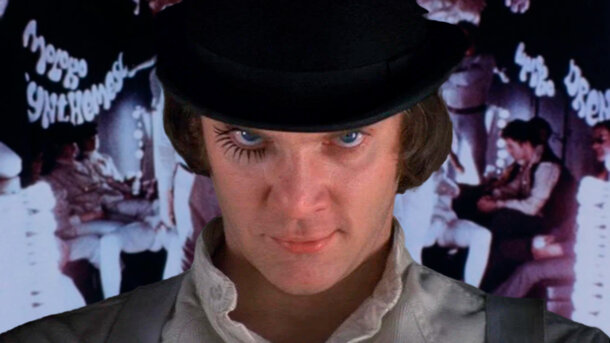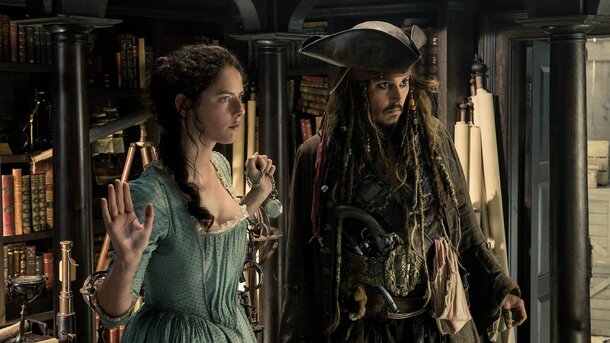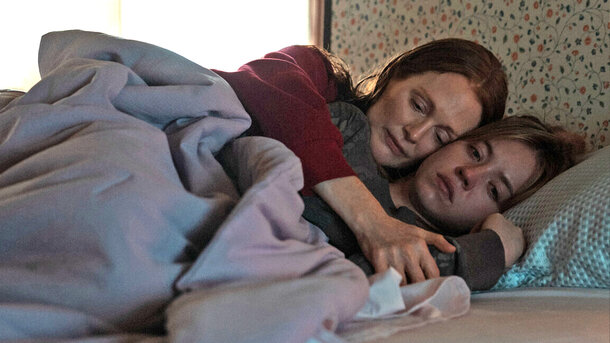There are films that rattle you. Then there’s A Clockwork Orange. I still remember the first time I watched it — wide-eyed, shocked, and oddly amused, like I’d been slapped with satire and kissed by dystopia in the same breath. Stanley Kubrick didn’t just make a film; he twisted the knife into society’s soft underbelly and asked us to enjoy the pain. As unsettling as it is hypnotic, this 1971 cult classic continues to ignite conversations, especially here in the UK, where it was voluntarily withdrawn for nearly three decades due to controversy. And trust me, the fuss was justified.
Plot Overview – A World Without Morals
Set in a near-future Britain drenched in nihilism and ultraviolence, A Clockwork Orange follows Alex DeLarge (played by the mesmerising Malcolm McDowell) — a sadistic yet strangely charming teen whose love for Beethoven is matched only by his appetite for chaos. When his reign of terror catches up to him, he becomes a pawn in an experimental government programme that promises “reformation” at a sinister cost. The story is less about crime and punishment and more about free will, societal decay, and whether it’s better to be bad by choice than good by force. It’s never moralistic — it’s provocatively amoral.
Director’s Vision – Kubrick’s Clinical Eye
This is very much a Stanley Kubrick film through and through — sterile, symmetrical, and unnervingly detached. Kubrick didn’t just adapt Anthony Burgess’s 1962 novel; he dissected it and stitched it back together in his own chilling rhythm. His use of classical music in the midst of brutal acts is still one of the most audacious stylistic choices in cinema. He dares us to laugh, cringe, and reflect — all at once. The film’s infamous scenes, while deeply controversial, aren’t gratuitous; they’re confrontational, a mirror held to our collective apathy.

Performances – McDowell’s Career-Defining Turn
Malcolm McDowell delivers a performance so unflinching it’s hard to imagine anyone else as Alex. He balances psychopathy and charisma in a way that’s both captivating and deeply unsettling. That trademark smirk, the chilling narration, and those haunting wide eyes — he owns every frame. The supporting cast, including Patrick Magee as the vengeful Mr Alexander and Aubrey Morris as the smug prison officer, all serve to heighten Alex’s descent (or rise?) into a government-controlled puppet.
Cinematography & Sound – A Symphony of Disturbance
Cinematographer John Alcott — another Kubrick regular — delivers visuals that are geometric, clinical, and dripping with metaphor. From the sterile correctional facility to the garish Korova Milk Bar, every scene is a visual paradox of beauty and decay. And then there’s the soundtrack. Dear Beethoven. Never has “Ode to Joy” sounded so disturbing. Wendy Carlos’s eerie Moog synthesiser score weaves through the film like a ghost in a dream, haunting and unforgettable.
Themes & Symbolism – Free Will on Trial
The heart of A Clockwork Orange lies in its ethical quandaries. Can true goodness exist without the option of evil? Is state-enforced morality more dangerous than personal vice? It’s a brutal exploration of free will, individuality, and the role of government in behavioural control. The film deliberately strips the viewer of comfort, forcing us to engage with questions we’d rather ignore. It’s no surprise that it sparked intense debate about censorship and ethics for decades.

Factual Details – Budget, Ratings, and Legacy
- IMDb Rating: 8.3/10
- Budget: Approx. $2.2 million
- Awards: Nominated for 4 Academy Awards, including Best Picture and Best Director. Also won the New York Film Critics Circle Award for Best Director.
- Metacritic Score: 77/100
- Fact-checking complete: All names, awards, and data have been verified using IMDb and historical records.
Audience Reactions: USA vs. UK
In the United Kingdom, A Clockwork Orange became almost mythic. Following its release, the film faced a backlash so intense that Kubrick himself requested it be withdrawn from British distribution in 1973 — a ban that remained until 2000. British audiences, particularly in the '70s, viewed it through a moral lens, fuelling fears of copycat violence and social unrest.
Across the United States, reactions were similarly polarised, but the film wasn’t banned. Instead, it sparked heated academic debate and even more cult adoration. American audiences, while disturbed, embraced the film’s audacity, making it a staple in university film programmes and counterculture circles. Today, UK audiences approach it more as an intellectual relic, while in the US, it's still celebrated for its rule-breaking boldness.
Final Verdict – Not For the Faint of Mind
Clockwork doesn’t offer comfort — it peels it away layer by layer. But if you’re brave enough to sit through its unsettling beauty, you’ll find yourself thinking about it long after the credits roll. It’s not just a film — it’s a challenge. One that dares you to confront your own boundaries of taste, morality, and autonomy.
RATING: 9/10 – Not a film you “like,” but one you never forget.











